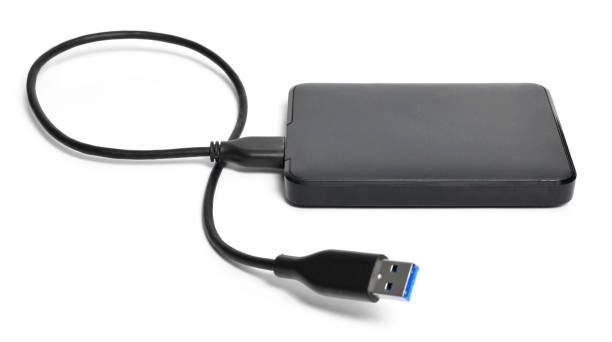Internal Storage :-
The Storage which are internal to C.P.U. are called Internal Storage Devices. The different internal storage devices are listed below.
1.RAM (Random Access Memory) :- It is the Primary memory. It is temporary (Volatile) and its contents are erased when the computer is switched off or electricity goes off. It is used to program and the data that is being used. The content of “RAM” can be read and written on to its memory. It is also known as “Read/Write Memory”.


2.ROM (Read Only Memory :-The Contents of “ROM” can be read but cannot be altered, that is why it is known as “Read only Memory”, ROM is Programmed (Contents are written) at the time of manufacturing. ROM does not require a continuous supply of Power to retain its contents.
3.PROM (Programmable Read Only Memory) :- PROM can be programmed only once after manufacturing. This process needs a special circuitry, and can not be done with the usual computer.
4.EPROM (Erasable Programmable Read Only Memory) :- This memory can be programmed and erased number of times using Ultra-Violet light and cannot be done in a usual Computer.
External or Secondary Storage :-
External Storage devices are external to C.P.U. and used to store uses information. Some external storages are explained Next Page.
Compact Disk (CD) :
Compact disc, or as it is better known CD. CD format is the most widely used today.
Hard Disk:
Hard disks is Collection of Diskettes known as “Platters” sealed in Vacuum
Container. This Hard Disk inside the System Unit. The Storage Capacity and
Speed of Hard Disk is Very high. There is a pair of read/write heads for each
platters, each for either side of the platter. The disk is rotated to position the area
to be read or written at read/write head. Read/Write head then picks up the
necessary data, which is then send to RAM through the electronic bus.
There are Four Types of Hard Disk:-
1.Internal Hard Disk
2.External Hard Disk
3.Hard – Disk Cartridges
4.Hard – Disk Packs
Internal Hard Disk:
system unit. It is used to store programs & large data files. For example nearly
every microcomputer uses its internal hard disk to store its operating system &
major applications like word & excel.
An internal hard disks has two advantages over floppy disks:- capacity and speed.
A 80 GB (Giga Byte) internal hard disk can hold almost as information
as 56000 standard floppy disks.
External or USB Hard Disk:

An external hard disk drive is a type of hard disk drive which is externally
Connected to a computer. Modern entries into the market consist of standard
SATA, IDE, or SCSI hard drives in portable disk enclosures with SCSI, USB,
IEEE 1394 Firewire, eSATA client interfaces to connect to the host computer
Hard Disk Cartridge:

Hard – disk cartridges are as easy to remove as a cassette from a video cassette recorder and hence are useful to protect or secure sensitive information (confidential information).
Other uses for hard disk cartridges includes backing up the contents of the internal hard disk and providing additional hard disk capacity.
The capacity for a hard – disk cartridge is 2GB.
Two well-known hard disk cartridge are JAZ from IOMEGA and SPAR Q from SYQUEST.
Hard Disk Packs:
Hard – disks packs are removable storage devices used to store massive amounts of information.
The capacity of hard – disk packs far exceeds the other types of hard – disks. They are consist of several platters aligned one above the other. Bank and credit card companies use them to record financial information.
A computer stores numbers and characters in a coded form known as the BINARY CODE. That is a code made up of binary digits or BITS. In this code every character is represented by a combination of 0s and 1s.
The Smallest Unit of Measuring the Storage is Bits (Binary Digit). The Conversion of the units is given below.
0 or 1 = BIT.
4 BITS = 1 NIBBLE.
8 BITS = 1 BYTE.
1024 BYTES = 1 KILO BYTE. (KB)
1024 KILO BYTES = 1 MEGA BYTE.(MB)
1024 MEGA BYTES = 1 GIGA BYTE.(GB)
1024 GIGA BYTE = 1 TERA BYTE.(TB)
1024 TERA BTYE = 1 PETA BYTE.(PB)
1024 PETA BYTE = 1 EXA BYTE.(EB)
1024 EXA BYTE = 1 ZETTA BYTE.(ZB)
1024 ZETTA BYTE = 1 YOTTA BYTE.(YB)
Note:- Every Character you type occupies 1 Byte, Every Space occupies 2 Bytes and every Enter hit occupies 2 bytes.

No comments:
Post a Comment